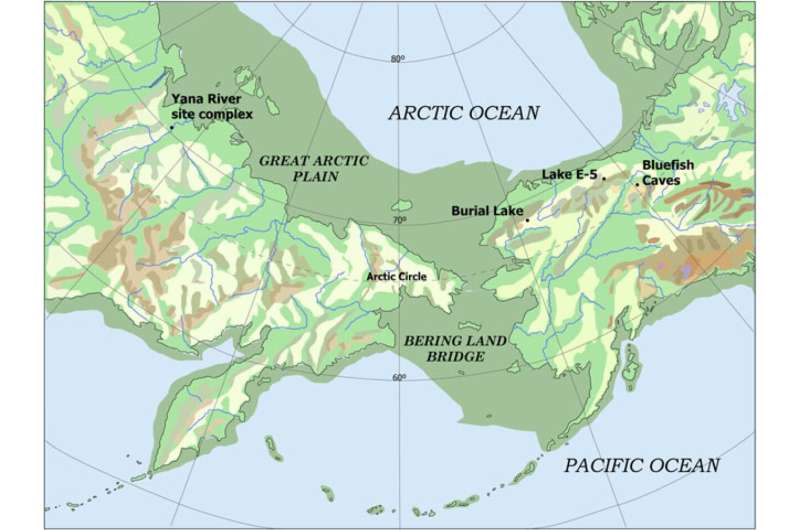This article has been reviewed according to Science X's editorial process and policies. Editors have highlighted the following attributes while ensuring the content's credibility:
fact-checked
proofread
America's native population arises from a single wave of Asian migration, suggest dental anthropologists

For more than 50 years, dental anthropologists have studied variation in the shape of human teeth to study the patterns of migration that people took as they populated the world. The last major continental migration event took place about 16,000 years ago, when humans first moved into North and South America. Where exactly did these people come from? How did they get there? Were there multiple waves of migration?
Leslea Hlusko, a researcher who is a member of the Dental Anthropology Group at the Centro Nacional de Investigación sobre la Evolución Humana (CENIEH), and who leads the European project Tied2Teeth, belongs to the international team that has published a paper in the American Journal of Biological Anthropology that attempts to answer these questions using new approaches to the study of human dental variation.
The CENIEH researcher, together with the lead author of the paper Richard Scott (University of Nevada) and the rest of the team, used a program that was designed for use in forensic analyses to identify the population ancestry of unidentified human victims (rASUDAS2) to predict the ancestry of 1,418 ancient individuals from six geographical regions across Asia and the Americas.
They discovered that Native American individuals have a similar degree of affinity to East Asia, and are classified as East Asians between 10% and 15% of the time. This result suggests that all Native Americans derive from one population that split from East Asian populations at the same time, a result that echoes previous studies based on other data. The population is thought to have lived in the region of Beringia for 5,000–10,000 years prior to the migration into the Americas, during the last ice age, and experienced intense environmental selection.
The research team also found that Native Americans have affinity with Arctic populations, but this similarity diminishes the further away the person lived from the Arctic. This pattern suggests that the Arctic population migrated into the area later, and that the similarity in the shape of teeth is the result of populations intermixing, which would decrease as the geographic distance increases.
One of the objectives of the project Tied2Teeth is precisely to create a dental variation database to enable even broader and varied analyses than those conducted in this study. As Hlusko explains, "Our study shows the power of analyzing of dental variation at the level of the individual, and is just a preview of what is to come."
More information: G. Richard Scott et al, Peopling of the Americas: A new approach to assessing dental morphological variation in Asian and Native American populations, American Journal of Biological Anthropology (2023). DOI: 10.1002/ajpa.24878
Provided by CENIEH




















